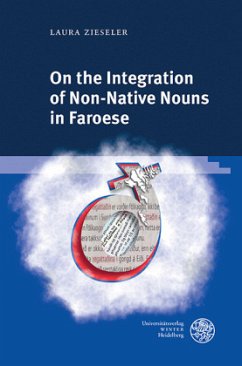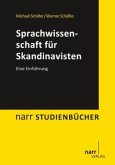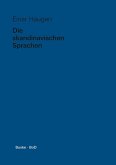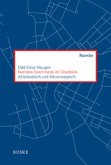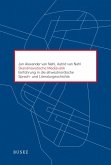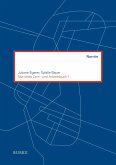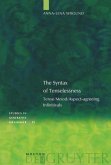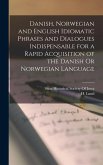This study analyses the integration of vowel-final non-native nouns in Faroese based on written language material ranging from computer-mediated communication to traditional printed media. In order to gain a holistic insight into the underlying processes, both intralinguistic - orthography, phonology, morphology - as well as extralinguistic - language norms, metalinguistic discourse - factors are examined. Besides being the smallest and least researched modern-day Scandinavian language, Faroese also has one of Scandinavia's youngest, most historicising orthographies, as well as a strong tradition of lexical purism. Its ideological climate is directly impacted by two polar opposites - progressive Danish on the one hand, and conservative Icelandic on the other. The observed integration strategies are described as the result of both native and non-native analogical forces that lead to ongoing contact-induced language change, including the refunctionalisation of the silent grapheme <ð>.
Bitte wählen Sie Ihr Anliegen aus.
Rechnungen
Retourenschein anfordern
Bestellstatus
Storno

